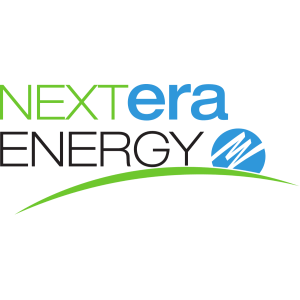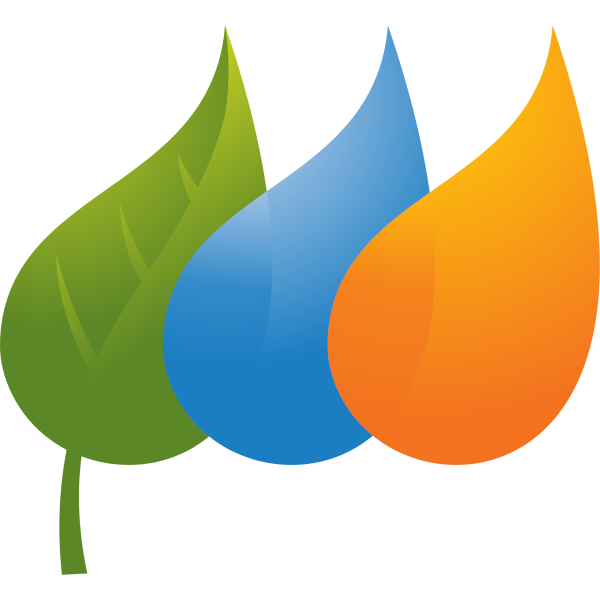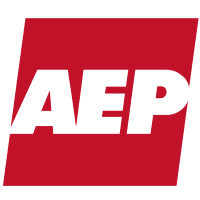
Enel SpA
MIL:ENEL

Profitability Summary
Enel SpA's profitability score is 52/100. We take all the information about a company's profitability (such as its margins, capital efficiency, free cash flow generating ability, and more) and consolidate it into one single number - the profitability score. The higher the profitability score, the more profitable the company is.

Score
We take all the information about a company's profitability (such as its margins, capital efficiency, free cash flow generating ability, and more) and consolidate it into one single number - the profitability score. The higher the profitability score, the more profitable the company is.
We take all the information about a company's profitability (such as its margins, capital efficiency, free cash flow generating ability, and more) and consolidate it into one single number - the profitability score. The higher the profitability score, the more profitable the company is.

Score

Score
Margins
Profit margins represent what percentage of sales has turned into profits. Simply put, the percentage figure indicates how many cents of profit the company has generated for each dollar of sale.
Profit margins help investors assess if a company's management is generating enough profit from its sales and whether operating costs and overhead costs are being contained.
Earnings Waterfall
Enel SpA

|
Revenue
|
73.9B
EUR
|
|
Cost of Revenue
|
-27.2B
EUR
|
|
Gross Profit
|
46.7B
EUR
|
|
Operating Expenses
|
-31.7B
EUR
|
|
Operating Income
|
15B
EUR
|
|
Other Expenses
|
-8B
EUR
|
|
Net Income
|
7B
EUR
|
Margins Comparison
Enel SpA Competitors

| Country | Company | Market Cap |
Gross Margin |
Operating Margin |
Net Margin |
||
|---|---|---|---|---|---|---|---|
| IT |

|
Enel SpA
MIL:ENEL
|
76.5B EUR |
63%
|
20%
|
9%
|
|
| US |

|
Nextera Energy Inc
NYSE:NEE
|
144.9B USD |
0%
|
29%
|
28%
|
|
| ES |

|
Iberdrola SA
MAD:IBE
|
93.9B EUR |
46%
|
25%
|
13%
|
|
| US |

|
Southern Co
NYSE:SO
|
100.2B USD |
90%
|
26%
|
16%
|
|
| US |

|
Duke Energy Corp
NYSE:DUK
|
92.7B USD |
68%
|
26%
|
15%
|
|
| US |

|
Constellation Energy Corp
NASDAQ:CEG
|
64.3B USD |
52%
|
18%
|
16%
|
|
| US |

|
American Electric Power Company Inc
NASDAQ:AEP
|
57B USD |
70%
|
23%
|
15%
|
|
| FR |

|
Electricite de France SA
PAR:EDF
|
46.6B EUR |
36%
|
-12%
|
-13%
|
|
| US |

|
Exelon Corp
NASDAQ:EXC
|
44.9B USD |
62%
|
19%
|
11%
|
|
| US |

|
Xcel Energy Inc
NASDAQ:XEL
|
40B USD |
93%
|
18%
|
14%
|
|
| DK |
O
|
Oersted A/S
SWB:D2G
|
37B EUR |
37%
|
20%
|
-1%
|
Return on Capital
Return on capital ratios give a sense of how well a company is using its capital (equity, assets, capital employed, etc.) to generate profits (operating income, net income, etc.). In simple words, these ratios show how much income is generated for each dollar of capital invested.




Return on Capital Comparison
Enel SpA Competitors

| Country | Company | Market Cap | ROE | ROA | ROCE | ROIC | ||
|---|---|---|---|---|---|---|---|---|
| IT |

|
Enel SpA
MIL:ENEL
|
76.5B EUR |
21%
|
4%
|
11%
|
6%
|
|
| US |

|
Nextera Energy Inc
NYSE:NEE
|
144.9B USD |
14%
|
4%
|
5%
|
4%
|
|
| ES |

|
Iberdrola SA
MAD:IBE
|
93.9B EUR |
12%
|
4%
|
9%
|
6%
|
|
| US |

|
Southern Co
NYSE:SO
|
100.2B USD |
14%
|
3%
|
6%
|
4%
|
|
| US |

|
Duke Energy Corp
NYSE:DUK
|
92.7B USD |
9%
|
2%
|
5%
|
4%
|
|
| US |

|
Constellation Energy Corp
NASDAQ:CEG
|
64.3B USD |
31%
|
7%
|
9%
|
8%
|
|
| US |

|
American Electric Power Company Inc
NASDAQ:AEP
|
57B USD |
11%
|
3%
|
5%
|
5%
|
|
| FR |

|
Electricite de France SA
PAR:EDF
|
46.6B EUR |
-44%
|
-5%
|
-7%
|
-5%
|
|
| US |

|
Exelon Corp
NASDAQ:EXC
|
44.9B USD |
9%
|
2%
|
5%
|
4%
|
|
| US |

|
Xcel Energy Inc
NASDAQ:XEL
|
40B USD |
10%
|
3%
|
4%
|
5%
|
|
| DK |
O
|
Oersted A/S
SWB:D2G
|
37B EUR |
-1%
|
0%
|
6%
|
0%
|
Free Cash Flow
Free cash flow (FCF) is the money a company has left over after paying its operating expenses and capital expenditures. The more free cash flow a company has, the more it can allocate to dividends, paying down debt, and growth opportunities.
If a company has a decreasing free cash flow, that is not necessarily bad if the company is investing in its growth.



















































 You don't have any saved screeners yet
You don't have any saved screeners yet
